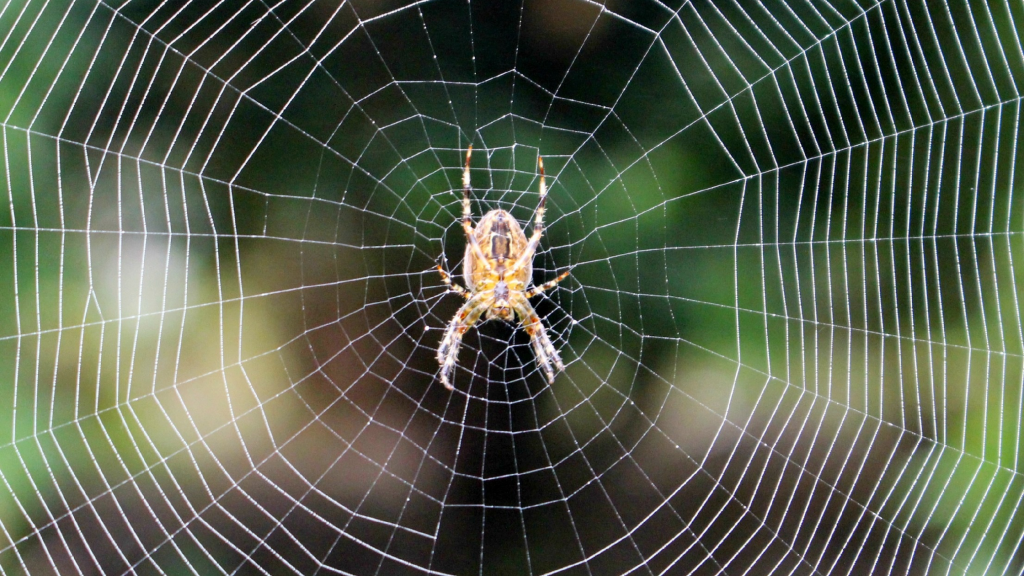
Beyond the Web: Surprising Spider Facts You Need to Know
Spider Facts
Spiders are part of the most common pest problems for homeowners, with over 40,000 known species! They are easily identified by their 2 main body parts, an exoskeleton, and eight legs. What many don’t realize is spiders have 6-8 eyes, which vary in size and color.
They have a 3 stage life cycle:
- Egg: Female spiders can lay up to 3,000 eggs at a time, and the spider will go through the larval stage in the egg.
- Spiderling: During this stage, spiderlings emerge from the egg and are a miniature version of their adult selves.
- Adult: Spiders reach their full size during this stage, typically living for 1-2 years at most, with many surviving only a single season.
Most spiders are solitary arachnids for most of their lives, with advanced nervous systems that help them detect approaching danger. On occasion, they will form communities. They will build large communal webs and work together to trap the prey that lands in them and share the harvest. All spiders have the ability to spin silk and can produce up to seven types, each type having a different purpose, such as catching prey. Webs allow spiders to trap prey easily, which helps as they are nearsighted and not often proficient hunters.
Preventative Approaches to Spider Control
Spiders, often found lurking in corners, are unwelcome guests inside our homes. Here are some preventative measures you can take to avoid seeing them:
- Maintain home’s exterior – Sealing gaps around your home with caulk and covering vents with fine mesh insect screens will prevent them from crawling their way inside.
- Maintain home’s interior – Spiders like to hide in places waiting for their prey, which causes them to hide in random belongings that don’t get touched. Keeping things in plastic airtight bins will keep them out. Also dusting and cleaning around the home, especially in corners and basements can be beneficial.
- Organic solutions – Harness the power of natural scents to deter spiders. Having things like mint and citrus can keep them away. Also cleaning corners with a mix of water and white vinegar will keep them from making their own little home in these spaces!
Safe Spider Treatments
There are several spider species that only live inside. As well, many common spiders found outdoors will eventually make their way indoors. This is why our technicians do inspections both inside and out, to determine the best treatment process, and here is a bit of an explanation of what they do!
- Interior Treatment – While doing the treatment inside your home, our technicians will use a non-repellent product around baseboards and in corners of rooms, as this is where spiders will back into as defense mechanisms.
- Exterior Treatment – During the treatment outside, the technician will actually de-web throughout the whole exterior before applying any product. After they finish, that is when they apply the product, which then forces the spiders to come out and start to rebuild their nest and go through the freshly applied product.
With spiders, we give the treatment at least 14 days to see the full effect. Since eggs are not affected by our treatments, we may need to go back out after this period to do another treatment, to repeat the process for newly hatched spiders. This breaks up their egg cycles, and as a result, lessens the activity around your home! If you would like to know more about spiders, or our service, feel free to contact our office at (844) 572-0628.
